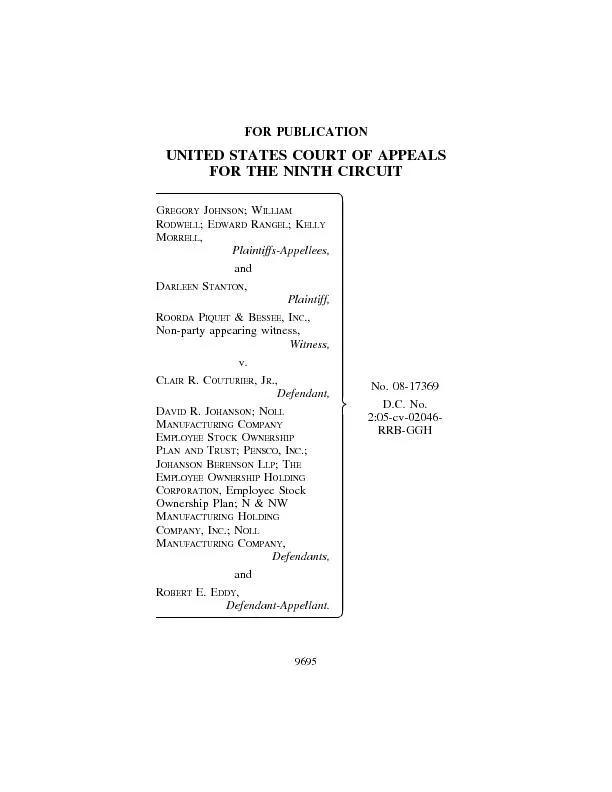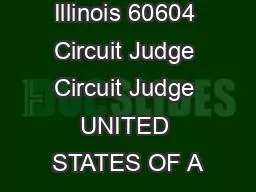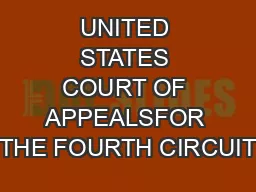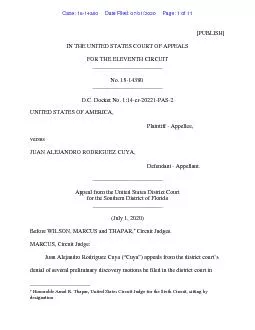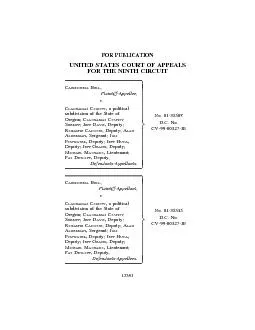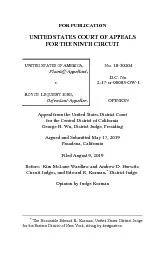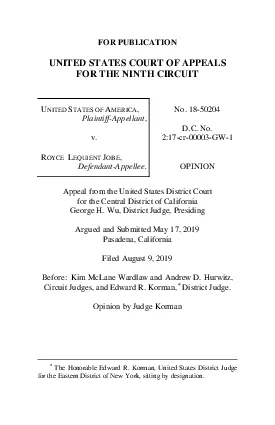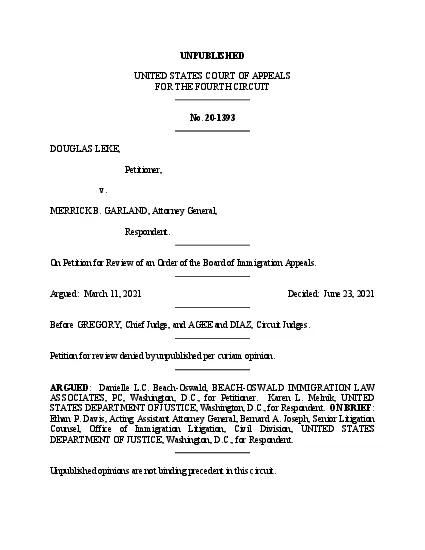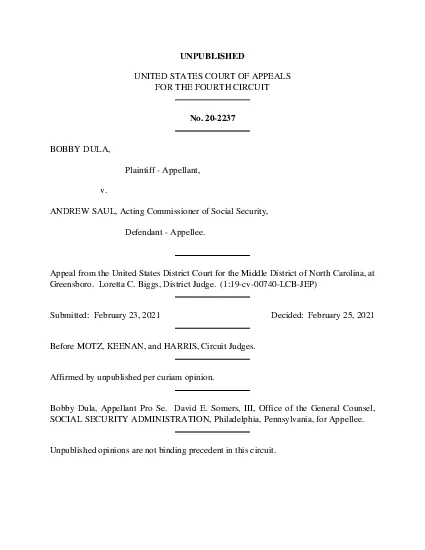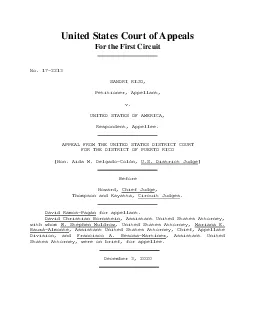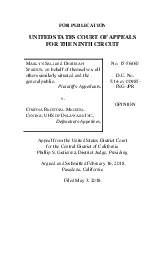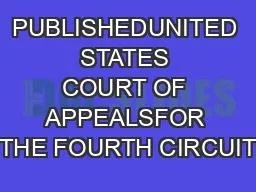PDF-UNITED STATES COURT OF APPEALSFOR THE FOURTH CIRCUIT
Author : myesha-ticknor | Published Date : 2016-08-03
PUBLISHED No MITCHELL SMALLS aka Gary Richardson aka Cebo aka Appeal from the United States District Court for the District of VirginiaRebecca Beach Smith Argued
Presentation Embed Code
Download Presentation
Download Presentation The PPT/PDF document "UNITED STATES COURT OF APPEALSFOR THE FO..." is the property of its rightful owner. Permission is granted to download and print the materials on this website for personal, non-commercial use only, and to display it on your personal computer provided you do not modify the materials and that you retain all copyright notices contained in the materials. By downloading content from our website, you accept the terms of this agreement.
UNITED STATES COURT OF APPEALSFOR THE FOURTH CIRCUIT: Transcript
Download Rules Of Document
"UNITED STATES COURT OF APPEALSFOR THE FOURTH CIRCUIT"The content belongs to its owner. You may download and print it for personal use, without modification, and keep all copyright notices. By downloading, you agree to these terms.
Related Documents

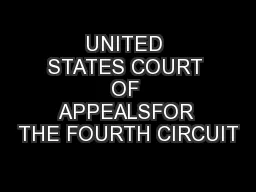
![[PUBLISH]IN THE UNITED STATES COURT OF APPEALSFOR THE ELEVENTH CIRCUIT](https://thumbs.docslides.com/264698/publish-in-the-united-states-court-of-appealsfor-the-eleven.jpg)
